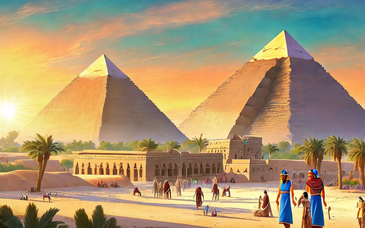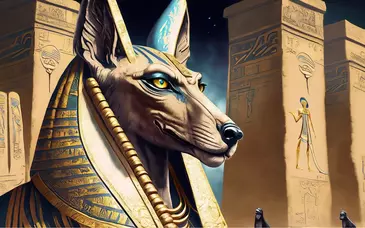
James Morris Morgan was something of a loose cannon. When the Civil War broke out, the Louisianan was a midshipman at Annapolis, but he would soon transfer to the Confederate Naval Academy, located aboard the CSS Patrick Henry, a training ship on the James River. Among other adventures, Morgan helped deliver the Great Seal of the Confederacy from London, and he escorted Varina Davis out of Richmond just before the capital fell. After the war, Morgan discovered that he didn’t make a very good farmer, and literally jumped at the chance to go to Egypt. Arriving in 1870, Morgan served as William Loring’s interpreter, and displayed a singular talent for offending his new employers. The type of person who was never far from a duel, he didn’t suffer officials lightly, once even throwing a glass of water into the face of Cairo’s prefect of police. He soon became famous in the Egyptian capital for his antics with his horse, Napoleon (the Arabian, a gift from the Khedive to the French empress Eugénie, had passed to Loring, and then on to Morgan). After enraging the Khedive by publicly flirting with his daughter (a stunt that could have cost him his life), Morgan grew disenchanted with Egypt, and headed home in 1872. He later worked in Mexico as an engineer, and helped Charles Stone with the Statue of Liberty project. In 1885, President Grover Cleveland appointed Morgan as U.S. consul-general to Australasia, a post he held for three years. In 1917, Morgan published his memoirs, entitled Recollections of a Rebel Reefer, which can be found at the University of North Carolina’s “Documenting the American South” project. Seven chapters cover his stint in Egypt. Morgan died in 1928.


